Gyeongju Daereungwon Ancient Tomb Complex (경주 대릉원 일원)
2.6Km 13734 2022-12-26
9, Gyerim-ro, Gyeonju-si, Gyeongsangbuk-do
+82-54-750-8650
Gyeongju Daereungwon Tomb Complex consists of five tombs, Ancient Tombs of Gyeongju Nodong-ri, Noseo-ri, Hwangnam-ri, Hwango-ri, and Inwang-ri. The tombs are distributed in Hwangnam-dong, Gyeongju-si, and are located in the Daereungwon area. Within Daereungwon Tomb Complex is Cheonmachong Tomb, which was excavated in 1973. Furthermore, Hwangnamdaechong Tomb was excavated between 1973 and 1975, and is a set of twin tombs belonging to a presumed married couple.
Gyeongju Ssambap Street (경주 쌈밥거리)
2.6Km 0 2024-02-08
9 Gyerim-ro, Gyeongju-si, Gyeongsangbuk-do
Gyeongju Ssambap Street, developed around the Daereungwon Ancient Tombs in Gyeongju, offers a diverse culinary experience. A highlight is ssambap (leaf wraps and rice), a dish featuring fresh vegetables accompanied by substantial side dishes like fish, meat, and doenjang jjigae (soybean paste jjigae) made from homemade soybean paste. Additionally, this street presents a variety of snacks, including Hwangnam ppang (Hwangnam bread) prepared with red beans and flour, and jjondeugi, a traditional chewy snack made from cornmeal and sugar. Nearby attractions include the Cheomseongdae Observatory, Donggung Palace and Wolji Pond, Woljeonggyo Bridge, and the Gyeongju National Museum.
Nadul Hanok [Korea Quality] / 나들한옥 [한국관광 품질인증]
2.6Km 261 2020-09-09
4-1, Jjoksaem-gil, Gyeongju-si, Gyeongsangbuk-do
+82-54-777-7738
Nadeul Hanok was opened in 2018 with brand-new facilities, in a location just a minute’s walk from Cheomseongdae Observatory in Gyeongju. You can feel a sense of healing in nature in the traditional style house, built in environment-friendly construction method with wood and earth. The ‘ㄷ’-shaped building creates a snug atmosphere and the hipped-and-gable roof and the curves of the roof tile show the traditional quiet and still flavor of a traditional Korean house. There are 7 rooms in Nadeul Hanok. Among them, the Garam, Gayeon, and Nuri Rooms are offered at 50,000 won for 2 persons during off-season so that visitors can enjoy staying in a traditional Korean house at more affordable prices. All rooms are equipped with a bathroom for better convenience and there is an individual thermostat all year round. Complimentary breakfast made of healthy convenience food is offered to all guests. The menu is composed of barley bread, fruit, coffee, juice, boiled egg, and biscuit, and is subject to change according to situation. What is good is that the breakfast can be delivered to the room if the delivery time is requested during breakfast time, which is from 8 to 9 AM.
It is possible to look around the tourist attractions near Nadeul Hanok on foot. In addition, there are CVs, fast food shops, bike rental shops, and hanbok rental shops adjacent to Nadeul Hanok, enabling a more convenient and joyful tour.
Gyeongju Soohojeong [Korea Quality] / 경주수호정 [한국관광 품질인증]
2.7Km 10143 2020-09-08
15-15, Poseok-ro 1068beon-gil, Gyeongju-si, Gyeongsangbuk-do
+82-10-2379-7248
Gyeongju Suhojeong, located in front of the Gyeongju Daereungwon, is a Hanok guesthouse in a ㄱ shape. The traditional house was built in 2015 in accordance with traditional architecture using natural materials such as pine tree, red clay, straw, and others; thus, it is cool in summer and warm in winter. Planted along the wall next to the door are Korean hornbeams, top trees, maple trees, and elm trees. The climbing roses on the wall bloom in May and offer a great sight. The spacious yard with a stone table is a great place to chat with fellow guests. There are seven rooms in total and a cafeteria which doubles as a lounge. Each room with a bathroom has modern facilities that suit traditional beauty. Gyeongju Station and Gyeongju Intercity Bus Terminal are only five minutes away on foot, making the trip to the guesthouse by public transport easy. Sitting right next to the Hwangridangil Street, the accommodation offers great access to popular restaurants and fashion places of Gyeongju, and to major tourist attractions such as Daereungwon, Cheomseongdae, Balwolseong, Anjapji, and Gyochon Village.
Hwarang Institute (화랑교육원)
2.7Km 19629 2024-02-23
62 Saenamsan-gil, Gyeongju-si, Gyeongsangbuk-do
Hwarang Institute is Korea's first character education organization. It aims to inherit the spirit of the Silla dynasty's Hwarang, a youth warrior group, and to cultivate good character and personality in children. Its facilities include Hwarang Hall, a playground, an auditorium, and a Safety Education Hall. Notably, the Safety Education Hall features an earthquake experience room, a life-saving room, and a 4D video room, where children can receive effective preventive safety education on health, crime, and natural disasters. Nearby tourist attractions include the Gyeongju National Museum, the Tomb of King Jeonggang, Gyeongju Millennium Forest Garden, and the Tomb of King Gyeongae.
Hwangnam Bread (황남빵)
2.8Km 2 2023-07-12
783 , Taejong-ro, Gyeongju-si, Gyeongsangbuk-do
When Hwangnam Bread was created in Hwangnam-dong, Gyeongju, in 1939, people began to refer to it as “the bread from Hwangnam.” Over time, the name stuck. The late Choi Yeong-hwa, the founder of Hwangnam Bread, was a scion of the Gyeongju Choi family who came up with this masterpiece when he was 21 years old after much trial and error. Mr. Choi’s creation is based on the tradition of rice cakes and bread made with sweet red beans, passed down throughout the generations in his family. Even today, 80 years after the creation of the bread, it is only flavored with red beans. Another defining feature of Hwangnam Bread is the delicate comb pattern inspired by the aesthetics of the Silla period.
Geumgwanchong Tomb (금관총)
2.8Km 16786 2020-03-18
Noseo-dong, Gyeongju-si, Gyeongsangbuk-do
+82-54-779-6100
Geumgwanchong, located in Noseo-dong, Gyeongju, is a tomb from the Silla Kingdom (B.C. 57∼A.D. 935). It is one of the three tombs that belong to the Noseo-dong Tombs in downtown Gyeongju.
Geumgwanchong Tomb is regarded as the tomb of a king before or after the reign of King Ji-Jeung during the early 6th century (500~514). It is not known exactly to whom this tomb belongs.
It was found in September 1921, when the fief was chopped while a civilian was leveling the ground to widen his building land. The first relic found in this tomb was a gold crown, geumgwan, and so
the tomb took its name. Ornaments such as gold belts, earings, bracelets, saddlers and crockery of the Three Kingdoms Era (when Goguryeo, Baekje and Silla were separated, later unified by Silla in 676 AD) were dug up from the tomb. There were numerous relics, with beaded relics alone numbering over 30,000.
The original structure of Geumgwanchong was 13m high with a 50m diameter. The relics from this tomb were moved and are now
preserved at the Gyeongju National Museum.
Tomb of Queen Seondeok (경주 선덕여왕릉)
2.8Km 29749 2022-07-27
Baeban-dong, Gyeongju-si, Gyeongsangbuk-do
+82-54-779-6100
The Tomb of Queen Seondeok is a round tumulus with a circumference of 73 meters. Aside from the fact that it is circled by a protective two-layer rock, the tomb has no other unique features. As the oldest daughter of King Jinpyeong, Queen Seondeok became the first queen of the Silla Kingdom. During the 16th year of her reign, Bunhwangsa Temple and Cheomseongdae Observatory were built. She also ordered the construction of the famous nine-story wooden pagoda of Hwangyongsa Temple, a significant achievement of Buddhist architecture. While many of her efforts laid the foundation for the unification of Three Kingdoms of Korea, Queen Seondeok’s reign was plagued by rebellion and strife and she died in 647 during a rebellion, 23 years before unification was realized.
Silla Cultural Festival (신라문화제)
2.8Km 7295 2024-07-17
Nodong-dong, Gyeongju-si, Gyeongsangbuk-do
+82-54-777-6782~4
Silla Cultural Festival is held to promote the excellence of Silla history and culture and to give pride to Gyeongju residents. The festival features a combination of traditional and modern aspects.
Maison Mini Hotel [Korea Quality]메종미니호텔[한국관광 품질인증]
2.8Km 0 2023-05-23
24 , Taejong-ro 699beon-gil, Gyeongju-si, Gyeongsangbuk-do
+82-54-745-3232, +82-10-3517-6319
The Maison Mini Hotel in Gyeongju, Gyeongsangbuk-do, is 10 minutes’ walk from both Gyeongju Express Bus Terminal and the famous Hwangnidan Street. Rooms are comfortable and clean - they’re inspected by a room manager before each booking - and bedding is changed every day. There is a luggage storage room and a shared kitchen on the first floor.

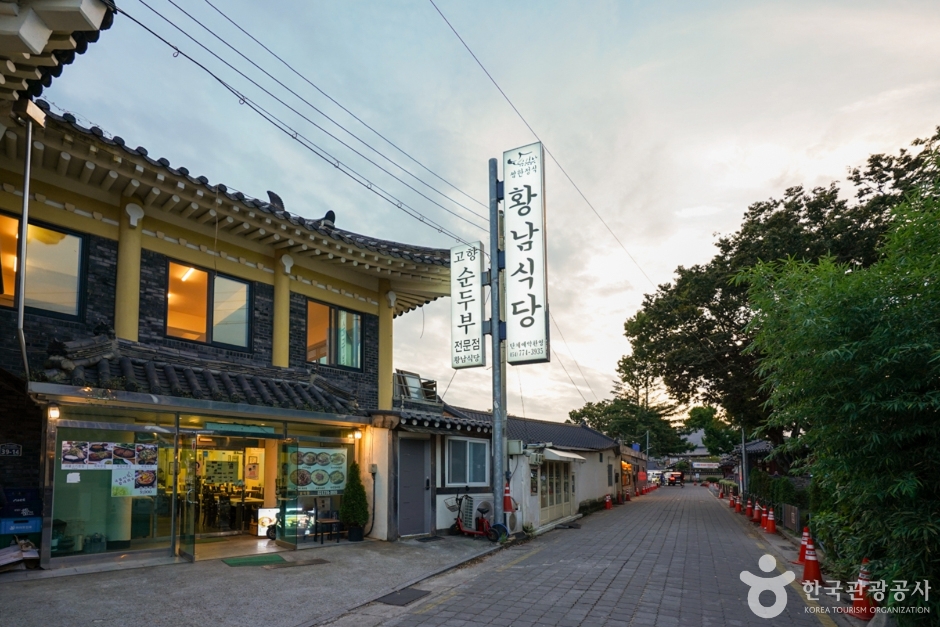
![Nadul Hanok [Korea Quality] / 나들한옥 [한국관광 품질인증]](http://tong.visitkorea.or.kr/cms/resource/86/2636486_image2_1.jpg)
![Gyeongju Soohojeong [Korea Quality] / 경주수호정 [한국관광 품질인증]](http://tong.visitkorea.or.kr/cms/resource/11/2635611_image2_1.jpg)
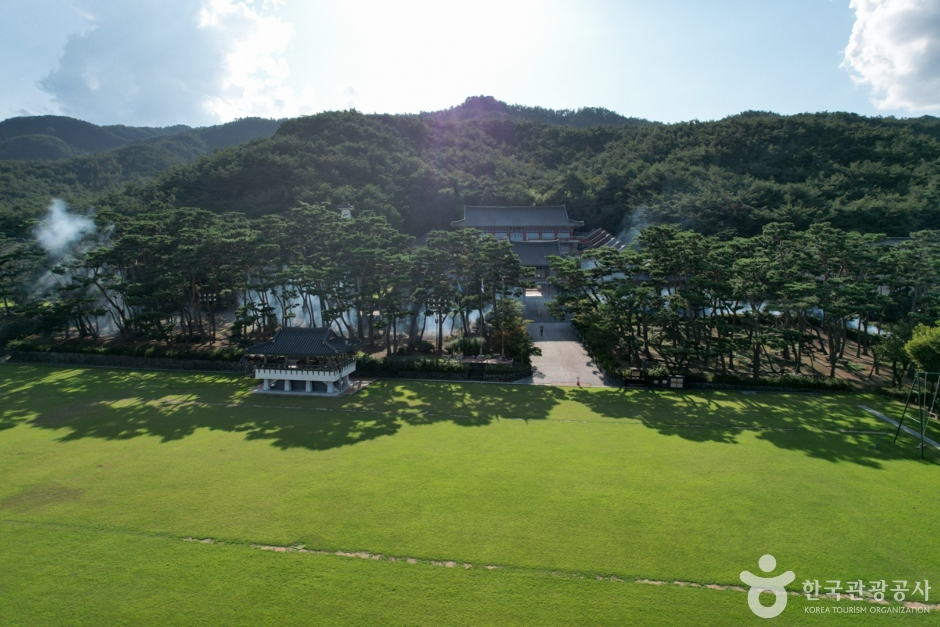
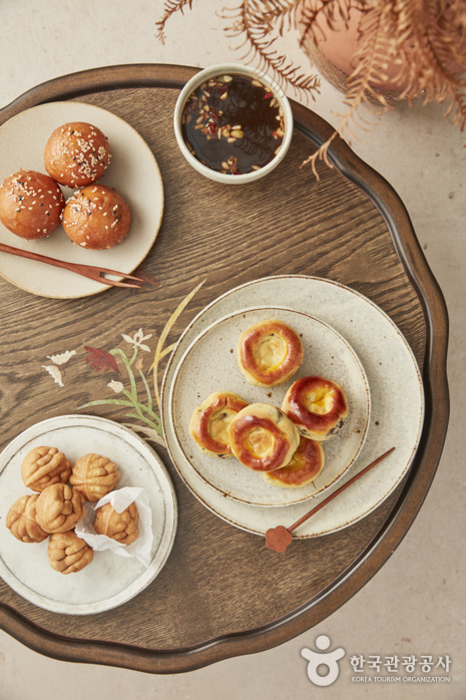
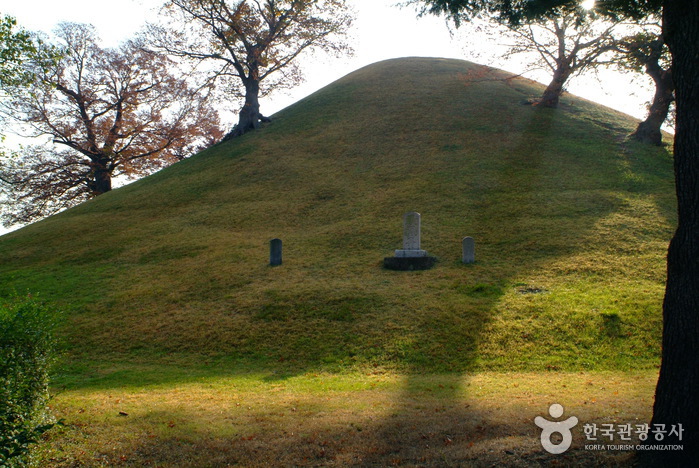
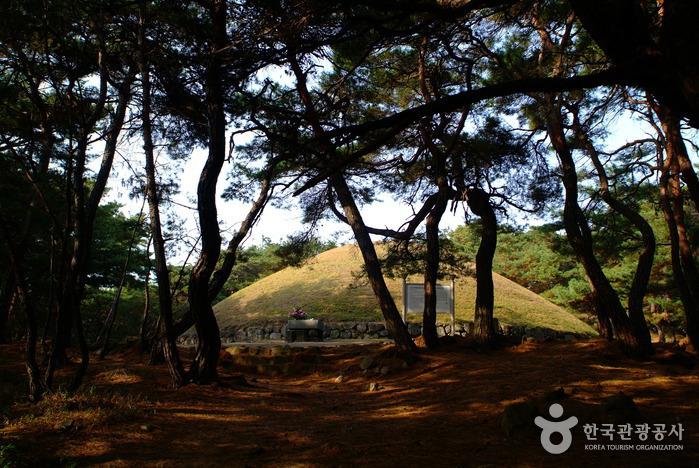
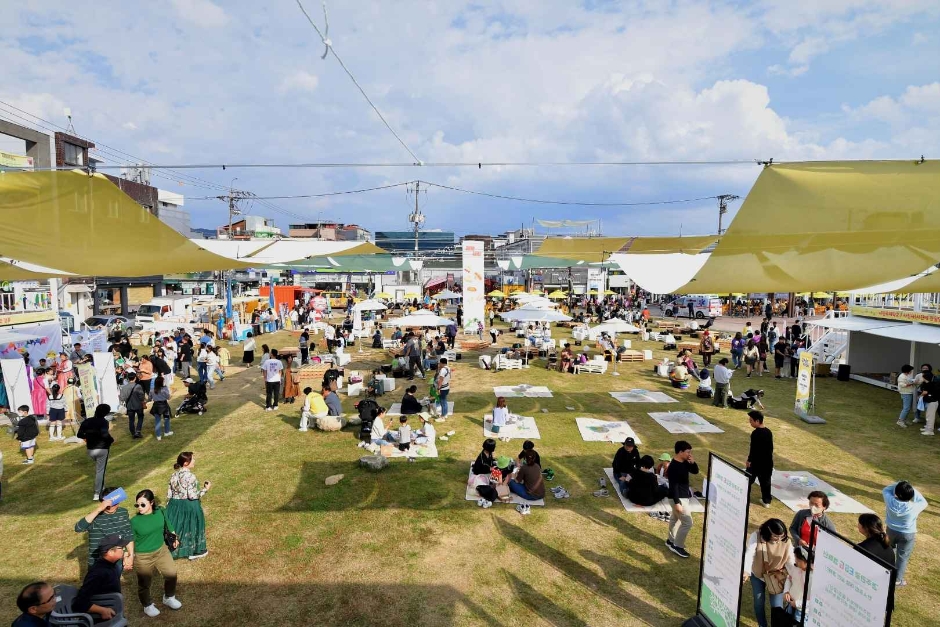
![Maison Mini Hotel [Korea Quality]메종미니호텔[한국관광 품질인증]](http://tong.visitkorea.or.kr/cms/resource/78/2949378_image2_1.jpg)
 English
English
 한국어
한국어 日本語
日本語 中文(简体)
中文(简体) Deutsch
Deutsch Français
Français Español
Español Русский
Русский